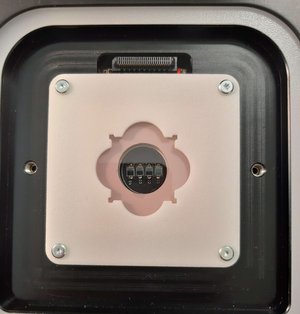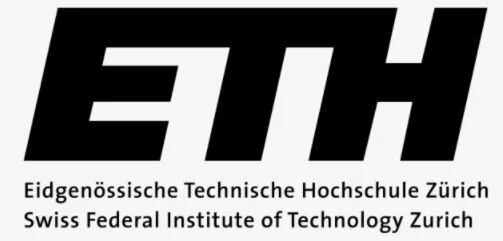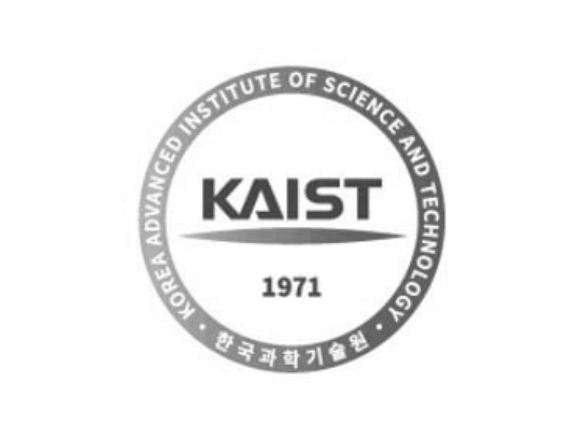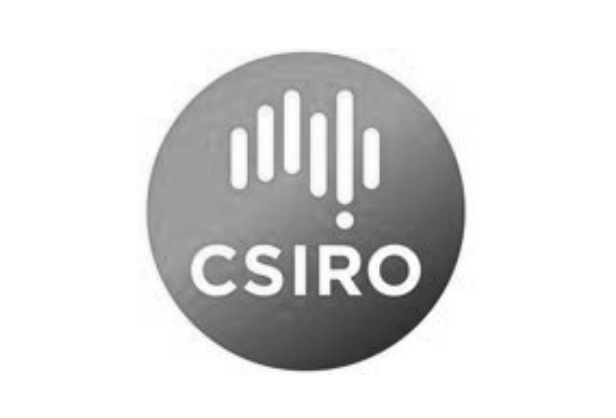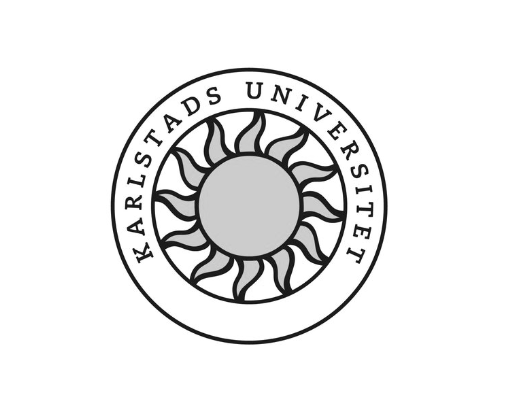
Litos
Stress-Test Platform for Degradation Analysis of OLEDs
High-Precision LED Stability Testing for Degradation Insights
Litos is an advanced LED stability lifetime measurement system. It has 16, or 32 parallel stressing channels distributed over 4 chambers.
The wide range of stress conditions and the possibility of interfacing Litos with Paios for in-depth degradation analysis, make it a primary choice for researchers that want to understand the degradation behaviour of organic, perovskite, and quantum-dots-based LEDs.
Litos Advantages
16, or 32 individual channels to address multiple LEDs in parallel.
4 chambers with individual humidity sensors.
Design customized to the specific sample layout of the customer.
The Litos-Paios Integration provides a unique tool to study degradation mechanisms in LEDs.
User-friendly software for automatic measurement control and parameter extraction.
Stressing at constant current, constant luminance, and constant voltage
Compatible with Bottom and Top Emitting LEDs (1 chamber with either BT/TP photodetectors)
Individual photodiode for each LED under test (optical separation not possible).
Temperature control of the individual sample 0 – 85 °C.
| Independent stressing and characterization of up to 32 pixels in 4 chambers | |
|---|---|
| Functionality | JV(L), in-situ spectral measurements (PL and EL) |
| Operations | All channels are electrically independent. Temperature controller on stage. |
| Voltage Range | -9 V to 9 V |
| Maximum Current/Channel | 60 mA /channel |
| Current Resolution | Best/typical: 1 μA / 5 μA |
| Sample Size | Up to 20mm diameter. |
| Sample Holder | Custom-made. Photodetectors for top or bottom emission LEDs |
| Temperature Range | 0 - 85°C |
| Computer Connection | USB |
Specifications

Sample Holder
Litos has 4 independent chambers to test simultaneously 4 samples with multiple pixels. The sample holders are custom-made according to the specific layout of our customers. The LEDs are in contact with 2 pins per sample.
Multiple sample holders with different layouts can be ordered and quickly replaced in the testing chamber by the user. Depending on the selected configuration, up to 8 LEDs can be stressed simultaneously in each chamber (32 devices in total).
The chamber can be equipped with photodiodes for either bottom-emission or top-emission LEDs. It is not possible to test both TOP/bottom devices in the same chamber. It is also possible to integrate a single spectrometer in each chamber.
An active cooling and heating system is available for each chamber. Each chamber has an individual temperature PID controller which has a temperature range of 0 °C to 85 °C.
Litos/Paios Integration
Paios and Litos can be connected and managed by the same software (Characterization Suite). In OLEDs, the simple luminance decay over time or steady-state analysis is not sufficient to draw meaningful conclusions. A more systematic strategy comprising a wider spectrum of experimental techniques is therefore required. A full characterization of the device during degradation can be performed automatically by combining Paios with Litos:
Understanding the degradation mechanisms of LEDs with an automated routine of stressing and analysis.
Current-Voltage (I-V) characteristics.
Transient measurements (CELIV, TEL …)
Impedance spectroscopy / CV.
All measurements can be performed as a function of the temperature ( 0°C to 85°C).
Dedicated stressing routines for OLEDs
Experimental results from Litos-Paios integration on TADF OLEDs. (a) Emission decay over time measured with Litos. (b) JV curve at different stressing times
OLED VIDEO LIBRARY
Unlock the Secrets of OLEDs: Mastering Dipole Orientation in Light-Emitting Films | Episode 4
OLED Simulation and Device Stressing R&D Tools | Fluxim
Research Webinar 3: Novel Materials and Light outcoupling OLEDs and QD LEDs




